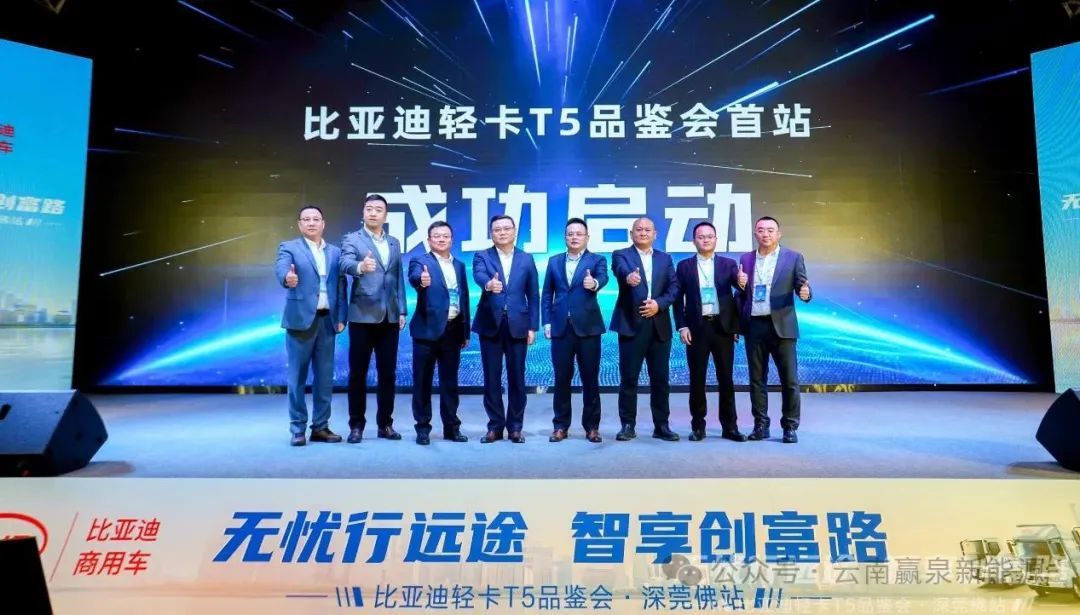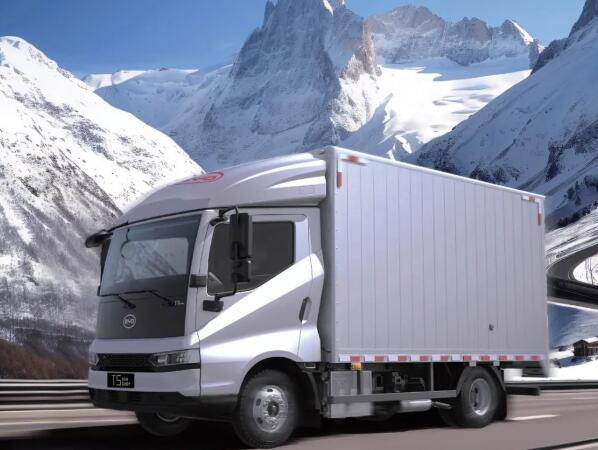What types of new energy vehicles are there?
Battery Electric Vehicle
A Battery Electric Vehicle (BEV) is a car that uses a single battery as its energy source. It uses the battery to provide electricity to the motor, which drives the car. The rechargeable batteries in BEVs mainly include lead-acid batteries, nickel-cadmium batteries, nickel-metal hydride batteries, and lithium-ion batteries. These batteries provide power for the BEV. The BEV also uses the battery to store electricity, driving the motor to allow the vehicle to run normally.
Hybrid Electric Vehicle
A Hybrid Electric Vehicle (HEV) is a car whose main drive system consists of at least two individual drive systems that can operate simultaneously. The power of a HEV depends on the vehicle's operating state: one is provided by a single drive system; the second is provided by multiple drive systems working together.
Fuel Cell Electric Vehicle
A Fuel Cell Electric Vehicle (FCEV) uses hydrogen, methanol, natural gas, or gasoline as reactants that burn with oxygen in the air in the battery under the action of a catalyst, thereby generating electricity to power the car. Essentially, an FCEV is also a type of electric vehicle, and it shares many similarities with electric vehicles in terms of performance and design. The distinction is that FCEVs convert hydrogen, methanol, natural gas, or gasoline into electricity through chemical reactions, while battery electric vehicles rely on charging to replenish electricity.
Hydrogen Engine Vehicle
A Hydrogen Powered Vehicle (HPV) primarily uses a hydrogen fuel cell. HPVs are the most environmentally friendly type of new energy vehicle, achieving zero pollution and zero emissions. However, the production cost of HPVs is high, exceeding that of traditional fuel vehicles by 20%, and the battery cost is also very high. In practical production, they are limited by storage and transportation conditions, making widespread application difficult.
Range-Extended Electric Vehicle
A Range-Extended Electric Vehicle (EREV) is similar to an electric vehicle, using a battery to provide power to the motor, which drives the vehicle. However, an EREV is equipped with a gasoline or diesel engine. When the battery power is low, the driver can use this engine to recharge the EREV.
Methanol Vehicle
A vehicle that uses methanol instead of petroleum fuel.
Pneumatic Vehicle
A Compressed Air Vehicle (APV), also known as a pneumatic vehicle, uses high-pressure compressed air as its power source, converting the stored pressure energy into other forms of mechanical energy to drive the vehicle. Theoretically, other gas-powered vehicles that use the endothermic expansion of liquid air and liquid nitrogen to generate power should also fall under the category of pneumatic vehicles.
Flywheel Energy Storage Vehicle
During vehicle deceleration or braking, some of the vehicle's kinetic energy or potential energy is converted into other forms of energy and stored in a high-speed flywheel for later use in driving the vehicle. The flywheel uses magnetic levitation and rotates at a high speed of 70,000 rpm. Used as an auxiliary power source in hybrid vehicles, its advantages include improved energy efficiency, light weight, high energy storage, fast energy input and output, low maintenance, and long lifespan. Disadvantages include high cost and the influence of the flywheel gyroscopic effect on vehicle steering.
Supercapacitor Vehicle
A supercapacitor is a capacitor that utilizes the double-layer principle. Under the action of the electric field generated by the charges on the two plates of the supercapacitor, opposite charges are formed at the interface between the electrolyte and the electrode to balance the internal electric field of the electrolyte. This positive and negative charge distribution layer, with a very short gap between the positive and negative charges arranged in opposite positions, is called the double layer, resulting in a very large capacitance. (This type of vehicle was used on the Expo Express Line at the 2010 Shanghai World Expo.) A hybrid power source consisting of a supercapacitor and a battery pack can fully meet the energy needs of vehicle operation and can buffer the impact of instantaneous high power on the energy storage system, extending the service life of the battery. Furthermore, supercapacitors can be charged with a large instantaneous current, allowing for more efficient energy recovery.
Related information

What types of new energy vehicles are there?
Battery Electric Vehicles (BEVs) are cars that use a single battery as their energy storage power source. They utilize the battery to provide electricity to an electric motor, which drives the car. Common rechargeable batteries for BEVs include lead-acid, nickel-cadmium, nickel-metal hydride, and lithium-ion batteries. These batteries provide the power for the vehicle, storing electrical energy and driving the motor to allow normal operation.
View Details2024/11/21
2024/11/21







